Glochid Spines: Learn About Plants With Glochids
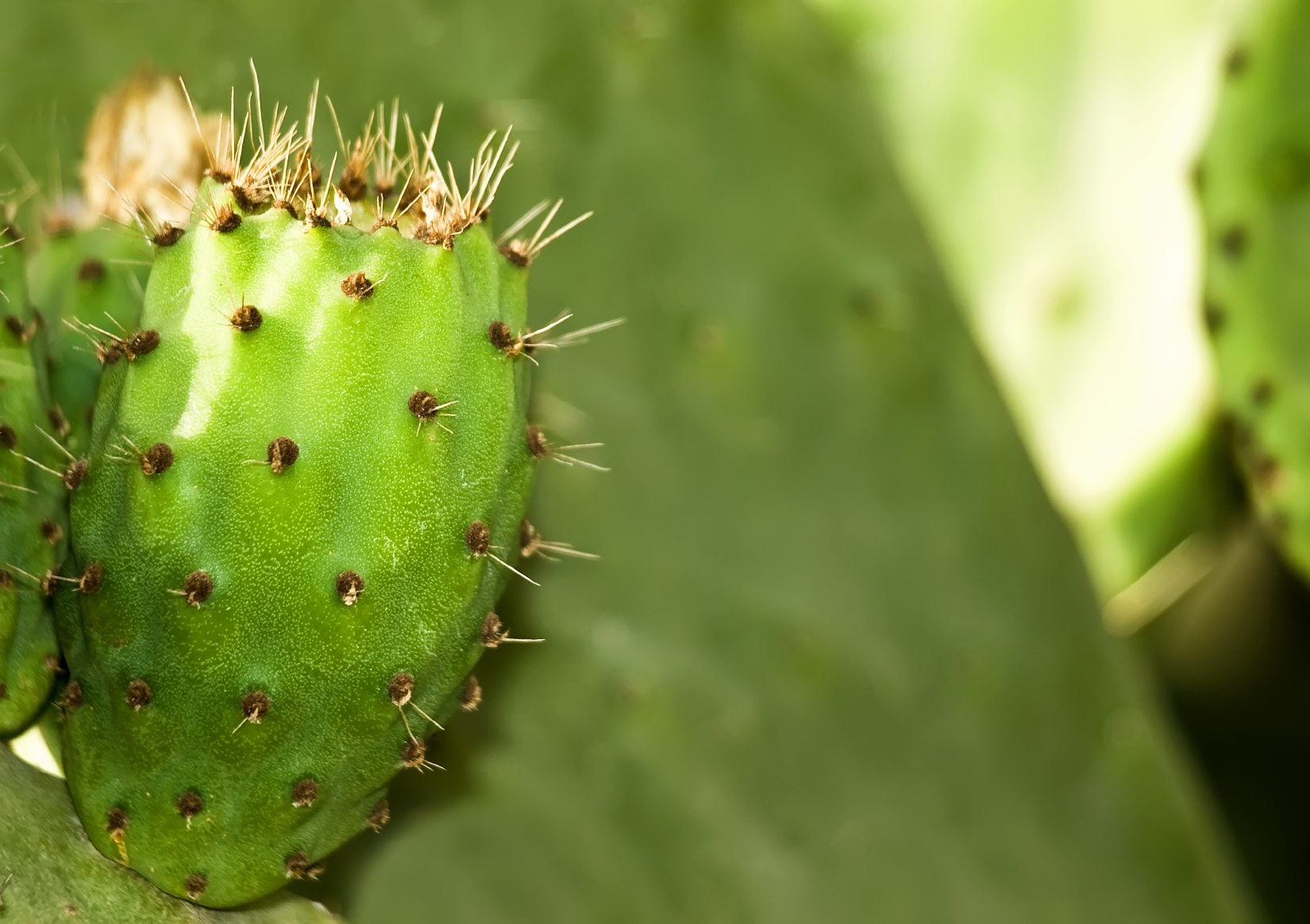

Cacti are amazing plants with unique adaptations that allow them to thrive in inhospitable terrain. One of these adaptations is spines. Most spines are large thorny looking things, but some are fine and hairy, developing in clusters and may ring around the large spikes. These are called glochid spines. Plants with glochids are in the Opuntia family, as other cacti do not bear glochids.
What are Glochids?
Cactus glochids are not a feature with which to fool. Glochids in skin are irritating, difficult to remove, and stay in for a long time. What are glochids? They are fine, hairy spines tipped with barbs. That makes them hard to get out of skin and the irritation persists for days without treatment. It’s wise to wear gloves and long sleeves if you are handling any of the plants in the Opuntia family. Failure to do so may result in some terrible itching and burning. Glochids occur in tufts, often around a main spine. They are deciduous and have backwards pulling barbs that resist removal. Glochid spines dislodge with even the gentlest touch. They are so fine and tiny that removal is almost impossible. You can barely see them, but you can sure feel glochids in skin. The interesting thing about glochids is that they form to help the plant conserve moisture. They are actually modified leaves, unlike thorns, which are modified branches. Leaves like these prevent the plant from losing too much moisture in the form of evaporation. They are also a formidable defense strategy.
Plants with Glochids
The only group of plants that produce ghlochids are the Opuntioideae. The fine hair-like spines are clustered in the areoles of cacti in that family. Prickly pear or cholla are two species with glochids. In fact, the picking of the fruit from prickly pear is always done in long pants and sleeves and is suspended when there is wind to prevent the fine spikes from drifting onto workers and only when the fruit has been wetted. Many of the other cactus plants in the family will have ghlochids. They may be the only spine or the glochids may be surrounding a larger spine. Even fruit is subject to the irritating tufts.
How to Remove Glochids
Glochids that get stuck in the skin can produce a stinging, burning, itching feeling combined with dermatitis reactions. These may be blisters, pustules, or welts that are overly sensitive and painful. The condition can persist for up to nine months if the glochids are not removed. Cactus glochids are so small, tweezers are of little assistance. That said, tweezers are the most effective if you pair them with a magnifying glass and plenty of patience. Duct tape applied on the area and pulled off also has some effectiveness. Additionally, you can try spreading melted wax or Elmer’s glue on the affected area. Wait until the wax or glue sets and then peel off. This can remove up to 45 % of the spines. It is important to get the spines out or the condition will persist and seeking professional medical help is necessary.
Gardening tips, videos, info and more delivered right to your inbox!
Sign up for the Gardening Know How newsletter today and receive a free copy of our e-book "How to Grow Delicious Tomatoes".

Bonnie Grant is a professional landscaper with a Certification in Urban Gardening. She has been gardening and writing for 15 years. A former professional chef, she has a passion for edible landscaping.
-
 Looking For Plants To Give You The Soft And Fuzzies? Try These 5 Fuzzy Leaf Plant Options
Looking For Plants To Give You The Soft And Fuzzies? Try These 5 Fuzzy Leaf Plant OptionsLovers of texture, drama, silver foliage and tactile plants will adore these special sensory garden additions. These fuzzy leaf plant options will leave you all aglow
By Susan Albert
-
 Get Ready For A Summer Of Hummers! Grow These Full Sun Hummingbird Plants and Flowers
Get Ready For A Summer Of Hummers! Grow These Full Sun Hummingbird Plants and FlowersIf you’re lucky enough to enjoy a sunny backyard, make sure you are maxing out on your pollinator opportunities and grow these full sun hummingbird plants and flowers
By Tonya Barnett
-
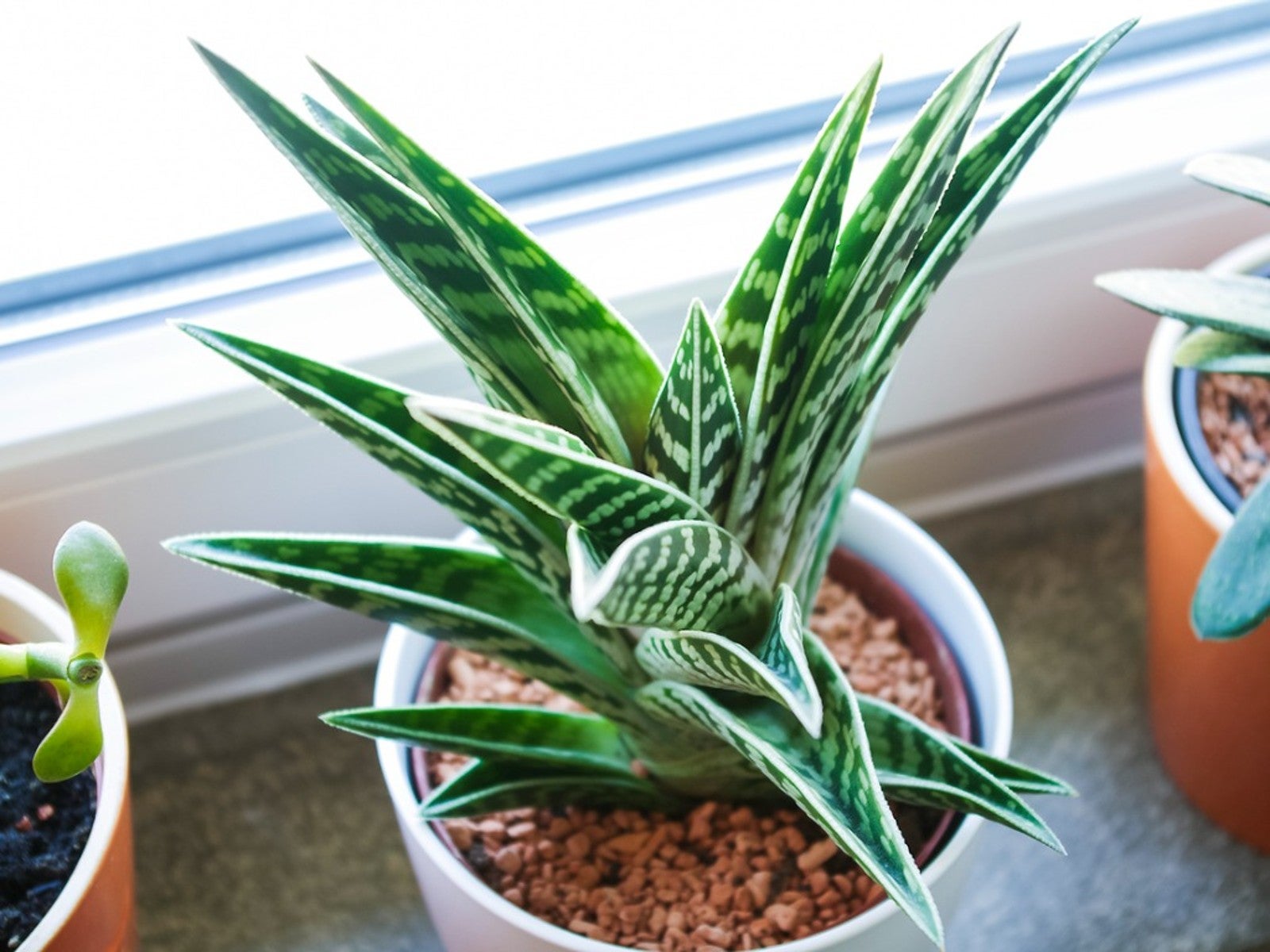 Variegated Succulents To Add To Your Plant Collection
Variegated Succulents To Add To Your Plant CollectionRead about some of the pretty variegated species that add beauty and interest to your succulent collection.
By Becca Badgett
-
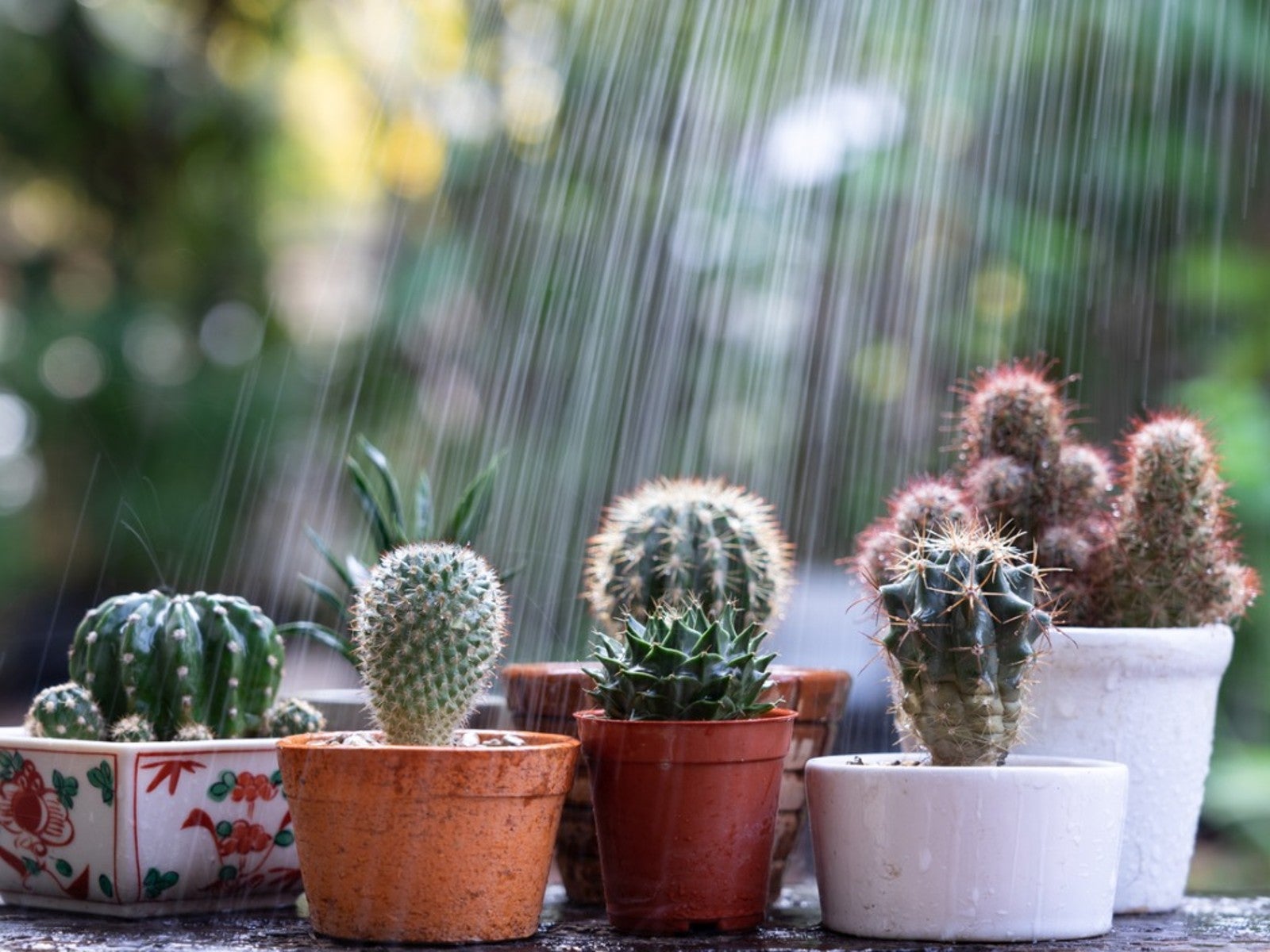 How To Protect Succulents And Cacti From Rain
How To Protect Succulents And Cacti From RainRain has the potential to cause damage to our cacti and succulents. However, when planted in proper soil, rainfall may perform as just a deep watering. Read on for more.
By Becca Badgett
-
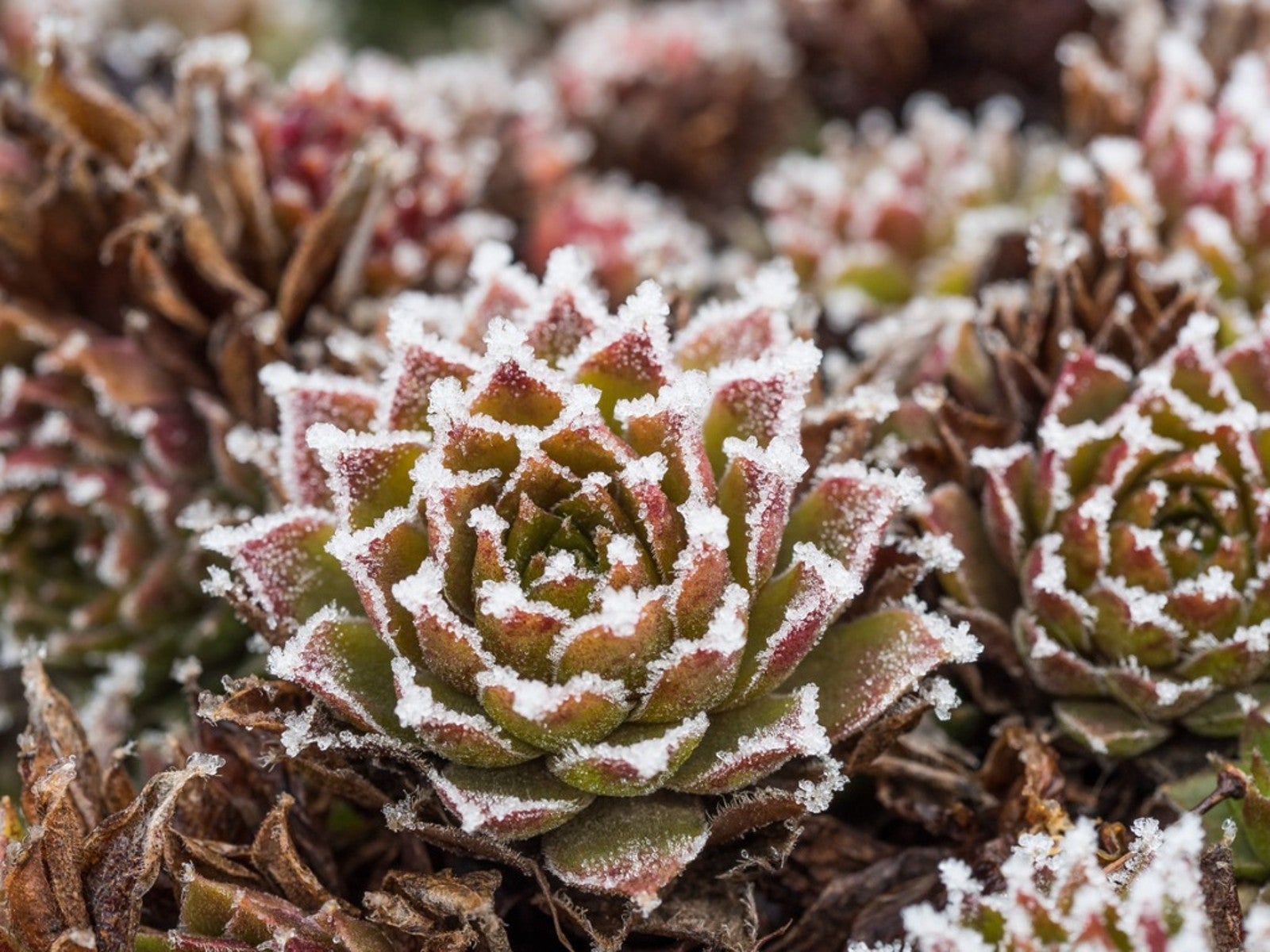 Succulents and Frost: How To Save A Succulent From Frost Or Freeze
Succulents and Frost: How To Save A Succulent From Frost Or FreezeCan succulents withstand cold? Succulents and frost don't traditionally go together and can result in damage, but you may be able to save frozen succulents.
By Bonnie L. Grant
-
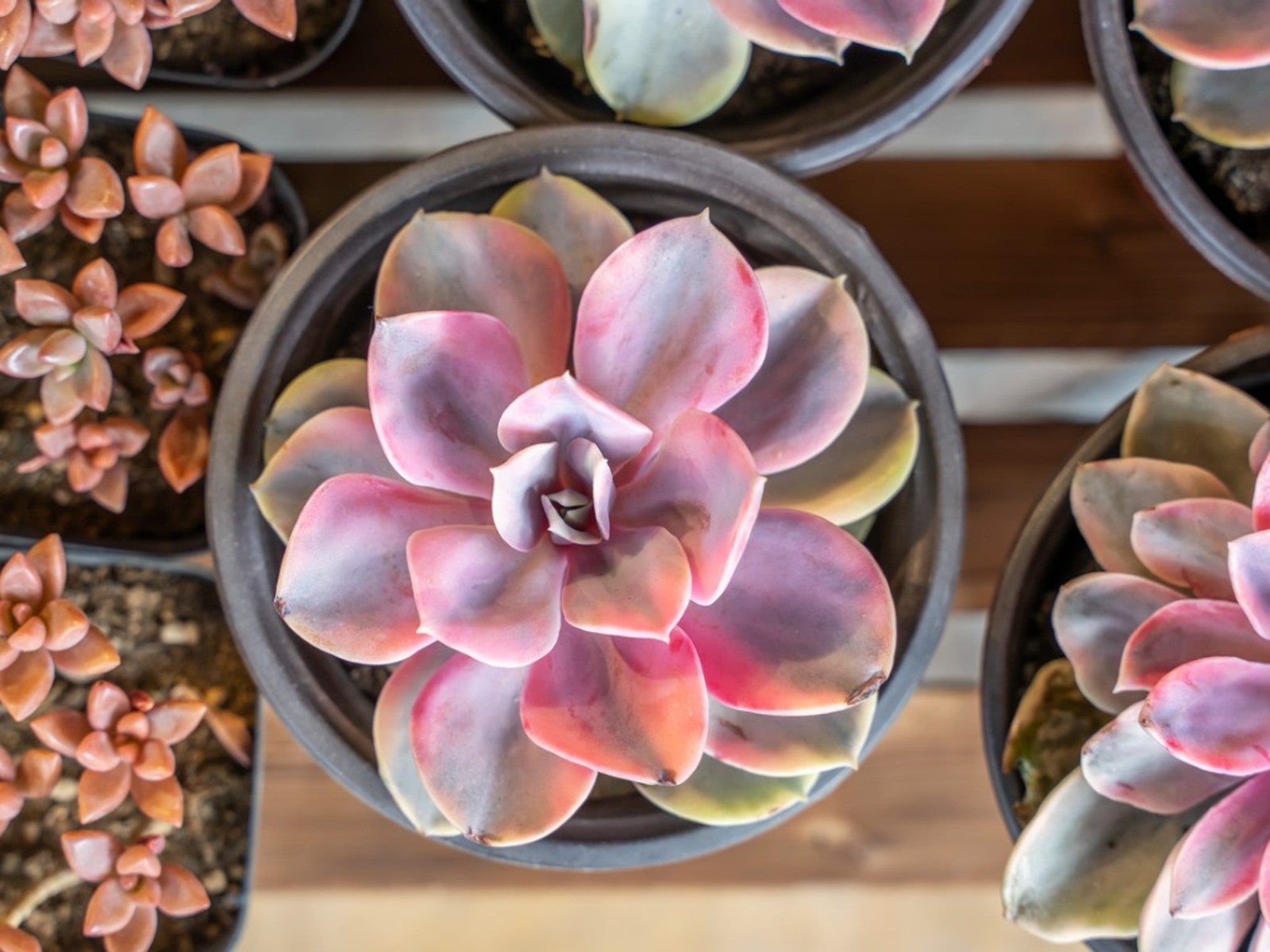 Pink Succulents Varieties To Try: How To Grow Perfect Pink Succulent Plants
Pink Succulents Varieties To Try: How To Grow Perfect Pink Succulent PlantsPink succulents may display the color on leaf edges or with streaks or blotches mingled throughout the foliage. Here are our favorites.
By Becca Badgett
-
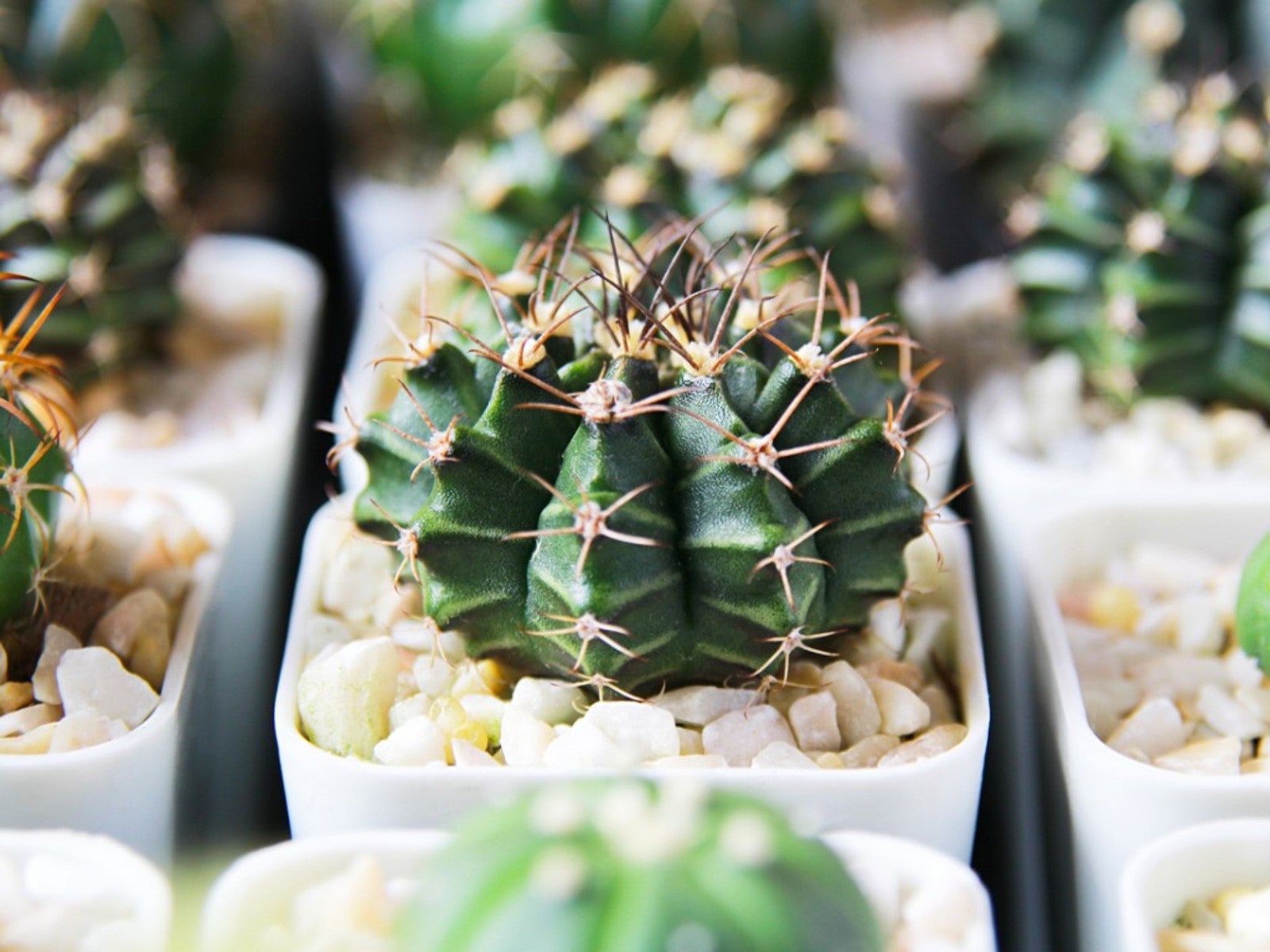 10 No Fuss Cacti - What’s The Best Low Maintenance Cactus
10 No Fuss Cacti - What’s The Best Low Maintenance CactusIf you’re thinking of adding plants to your collection, consider no fuss cacti. Click here for an easy cacti list, even for beginners.
By Becca Badgett
-
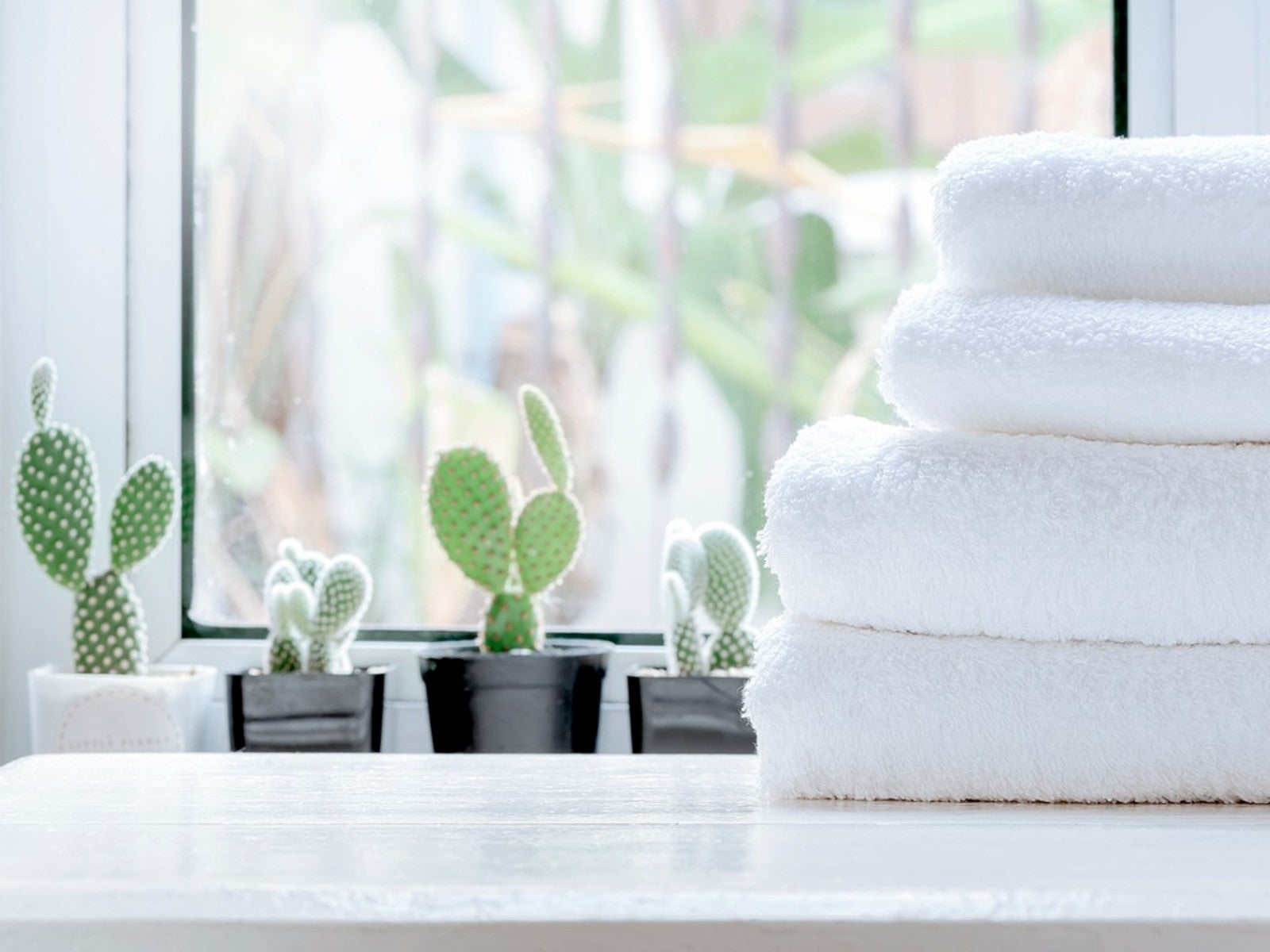 5 Best Succulents For A Bathroom
5 Best Succulents For A BathroomSome succulents can be great options for bathroom decoration. Read on for our top five bathroom succulent ideas.
By Becca Badgett
-
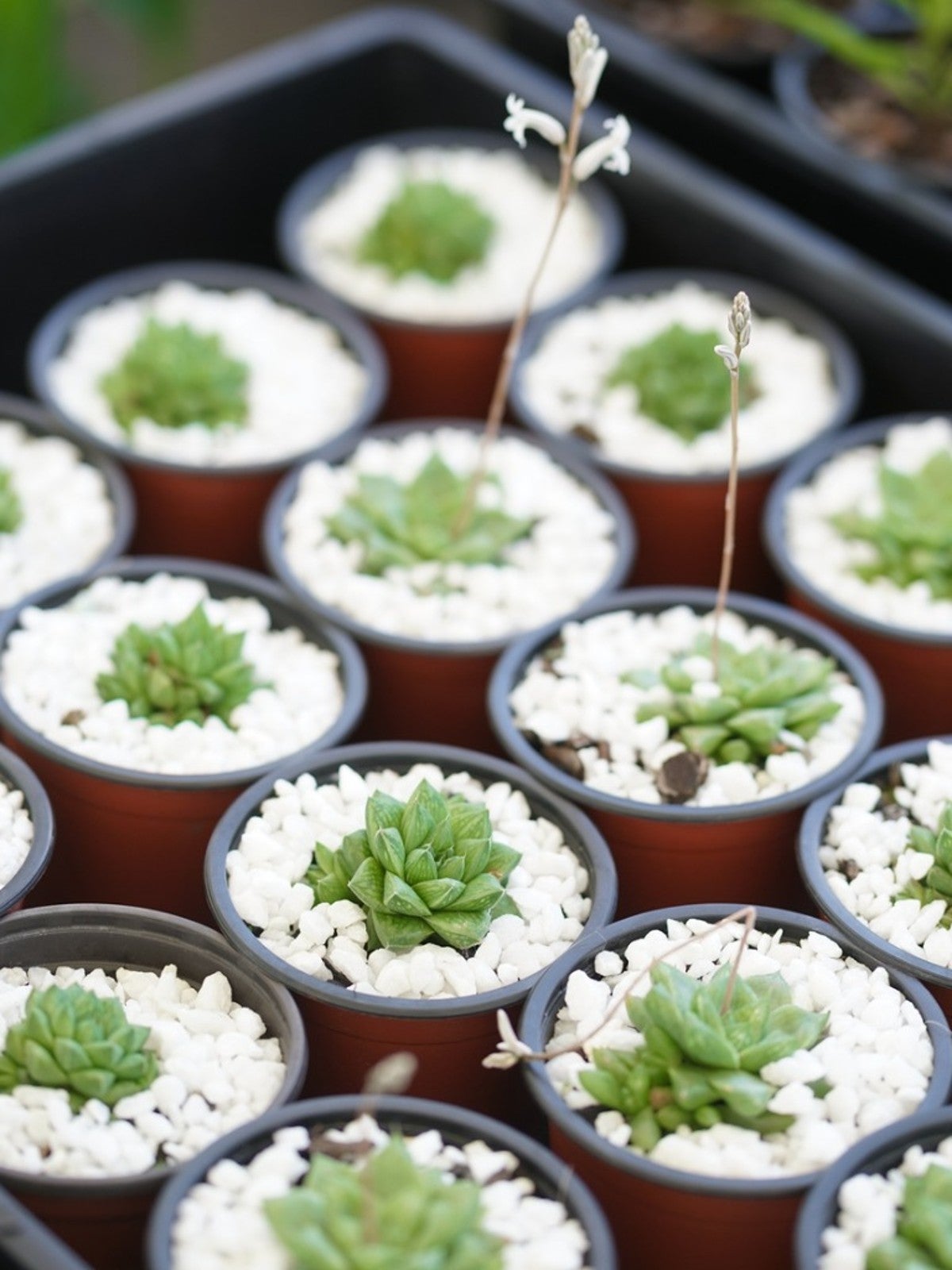 What Is A Succulent Starter Kit - Best Succulent Starter Kits
What Is A Succulent Starter Kit - Best Succulent Starter KitsWhile garden kits are not the most inexpensive option for growing succulents, they do include everything you’ll need. Grow succulents from seed by using a succulent seed starter kit to learn the process and to check your results.
By Becca Badgett
-
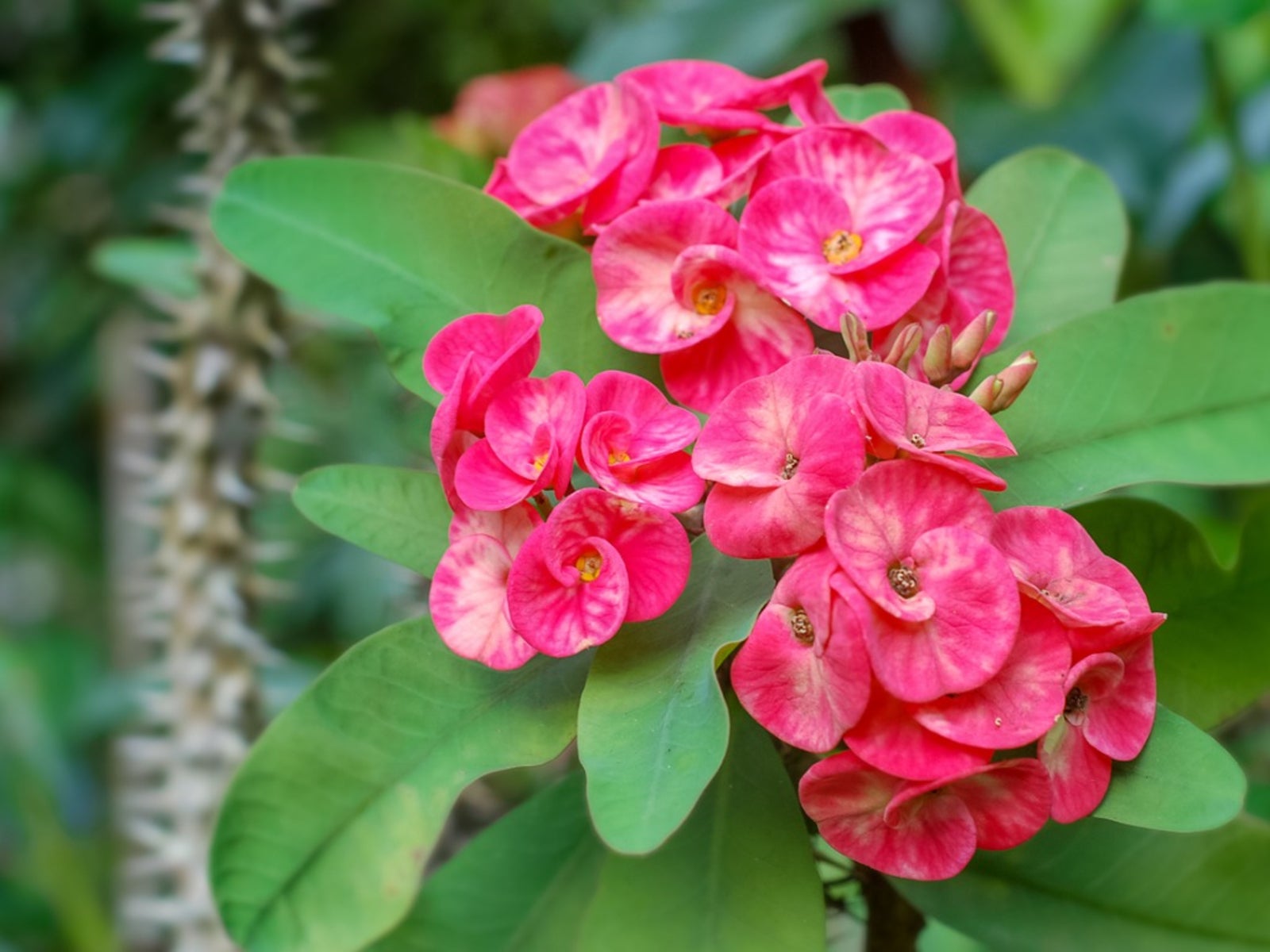 Dazzling Succulents - Succulents With Striking Flowers
Dazzling Succulents - Succulents With Striking FlowersWhen you think of succulents you may just envision their unique leaves and stems. But succulents also produce bright and bold flowers in the right conditions. Read on to learn more.
By Bonnie L. Grant